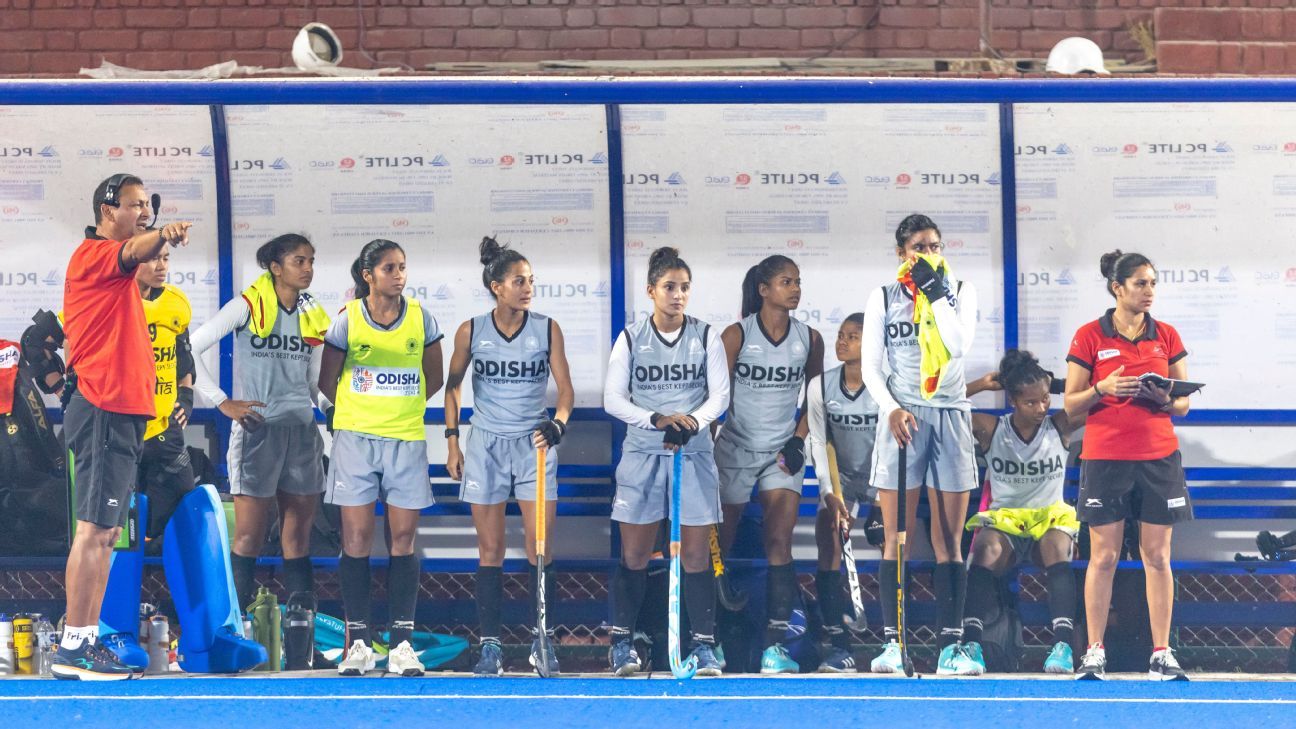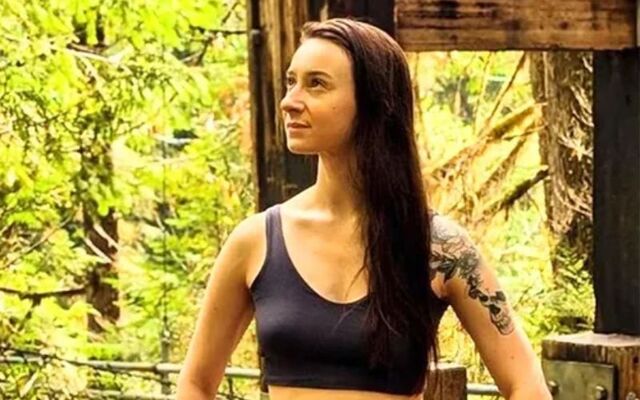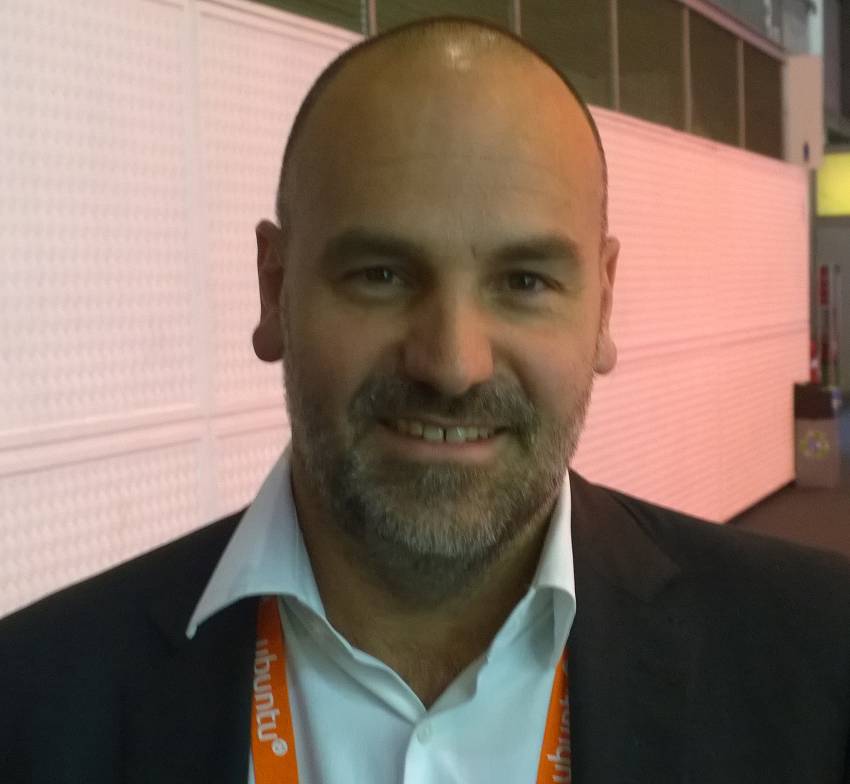Here in Lesotho it is known as white gold – the water which plays such an important role in the country’s economy. The engineering marvel at the centre of this is incongruous in the country’s highlands - sited among the shepherds in traditional Basotho blankets and mud huts that make up this rural area. The Katse dam is a seriously impressive piece of design.
Standing at 185m (600 feet) tall, it is Africa’s second largest curved dam. Completed in 1996, it forms part of the Lesotho Highlands Water Project, which was the result of a deal signed between the governments of Lesotho and apartheid South Africa a decade earlier. The country might be entirely surrounded by its much larger neighbour, but it has something parts of South Africa lack - a regular supply of water.
Due to its unique geography – Lesotho is the only country in the world that lies entirely above 1,000m – the country receives a relatively high amount of precipitation. That is where Katse comes in. Water is funnelled out of the dam, entering a series of tunnels, that eventually takes it into the Vaal river system in South Africa.
It is Africa’s biggest water transfer scheme. The government says Lesotho receives $200m (£154m) a year from South Africa for the water – more than double what the country used to get after the agreement was renegotiated earlier this year. However, despite being water rich, Lesotho remains economically poor.
And nowhere is that more apparent than in Ha Ramokoatsi village.


















